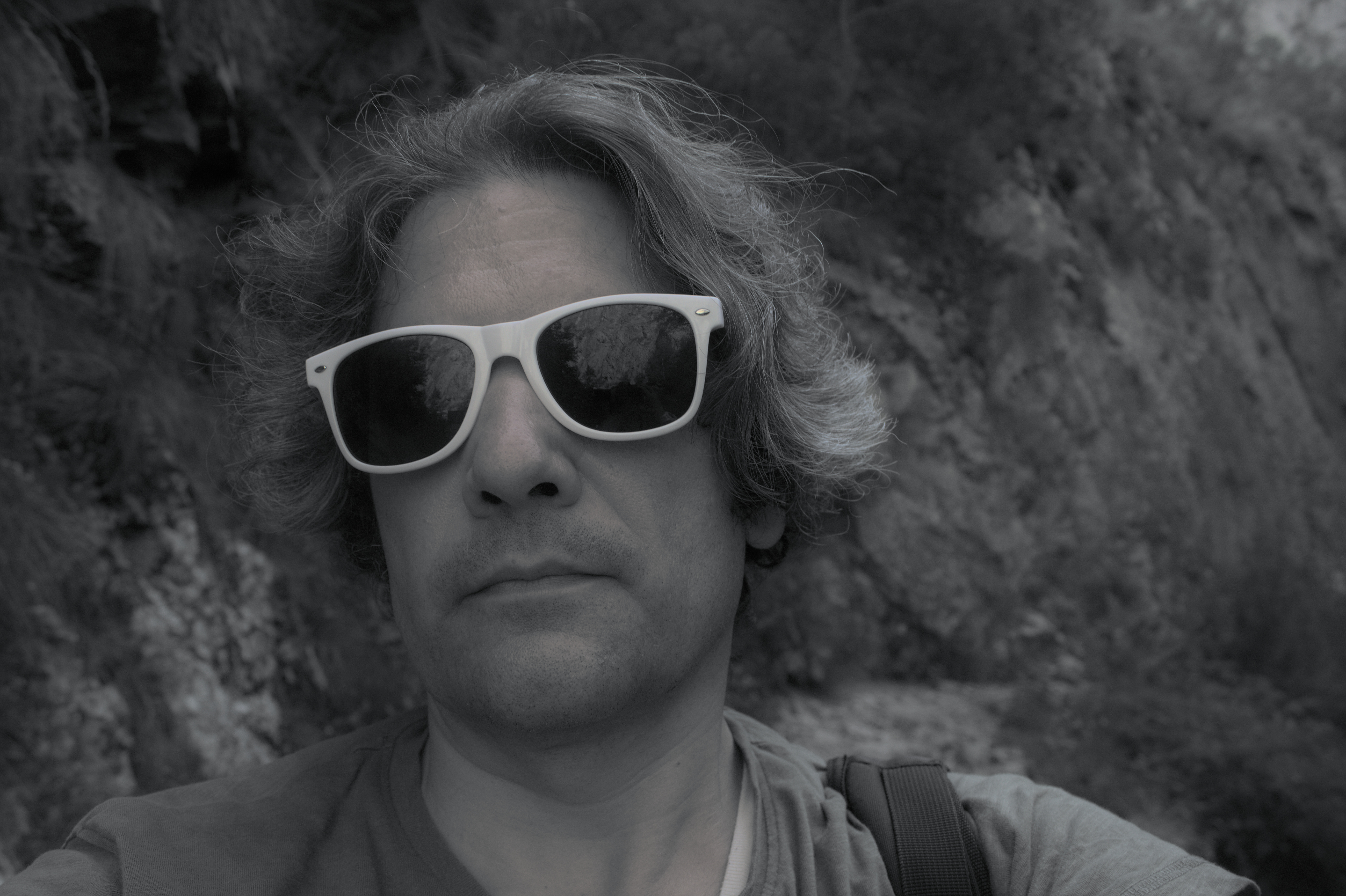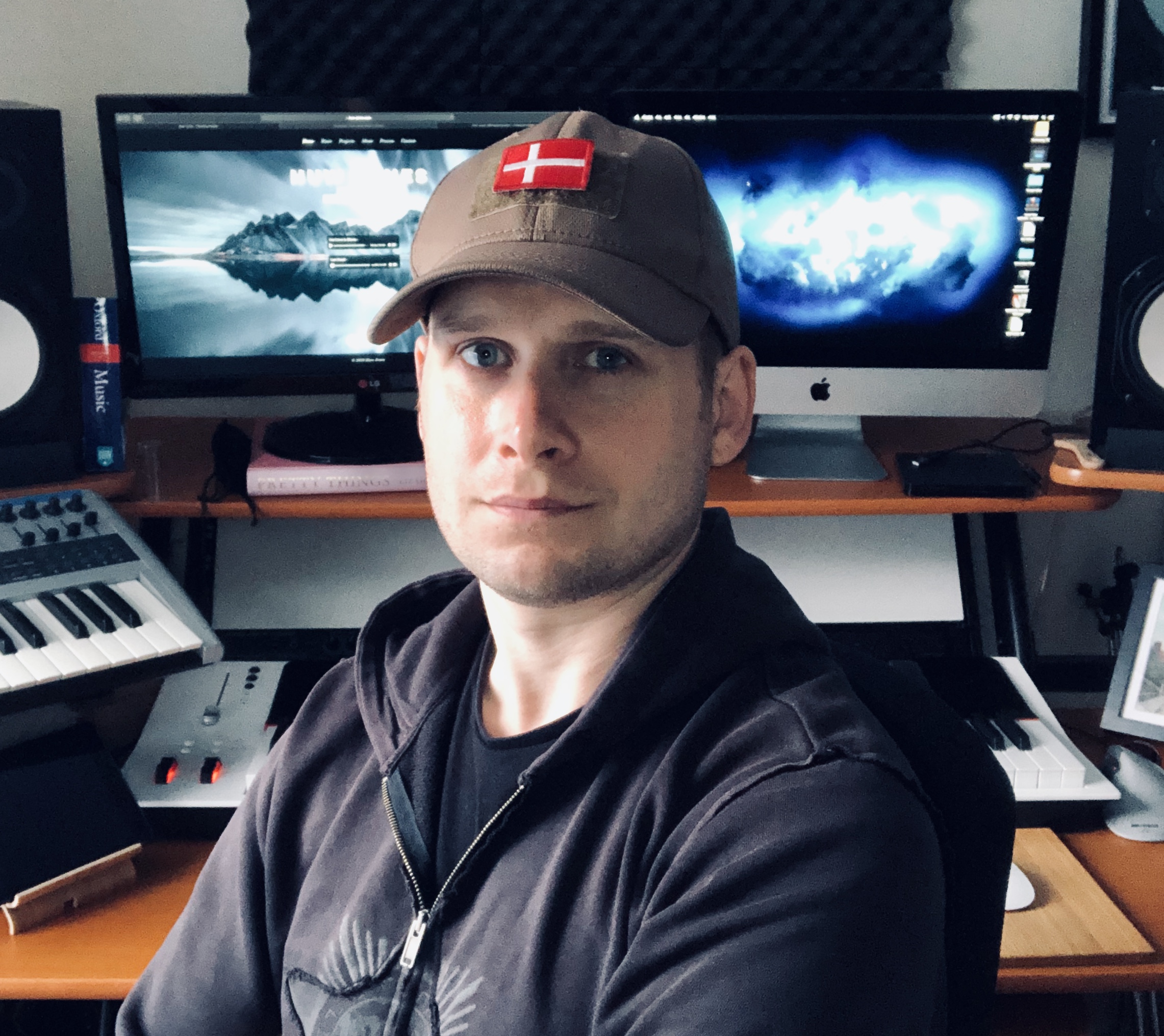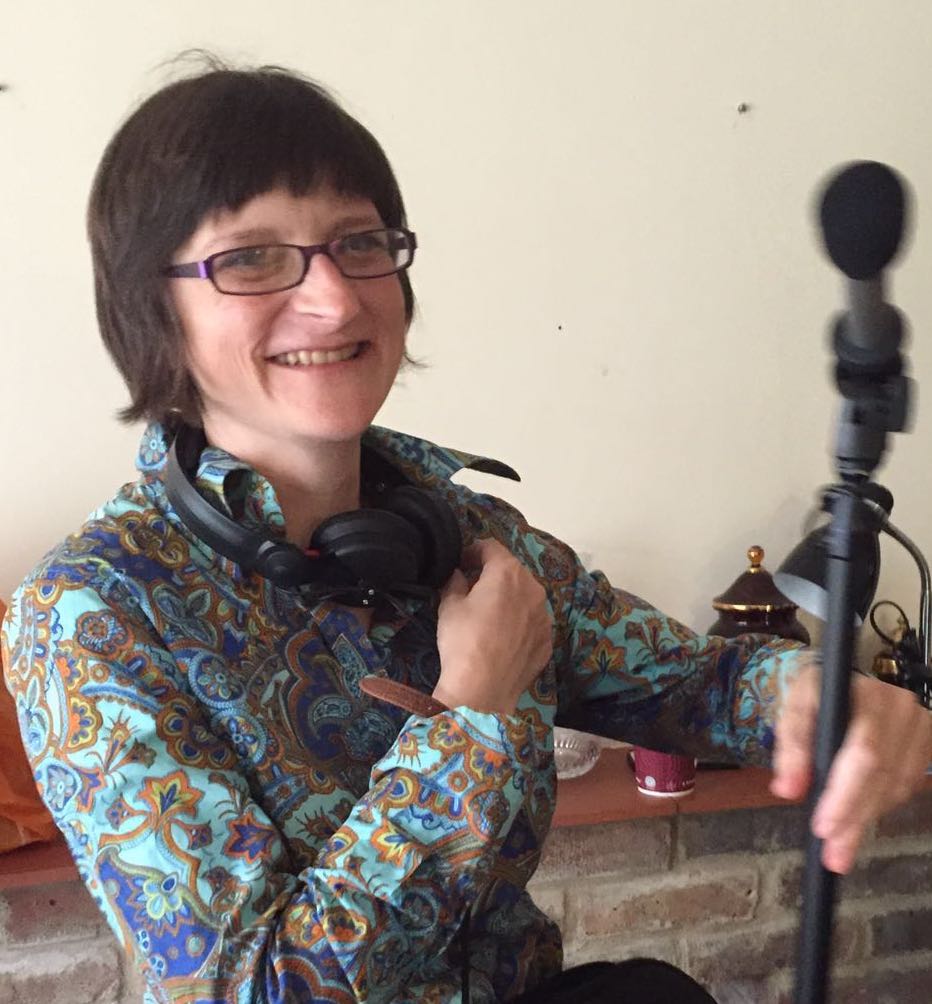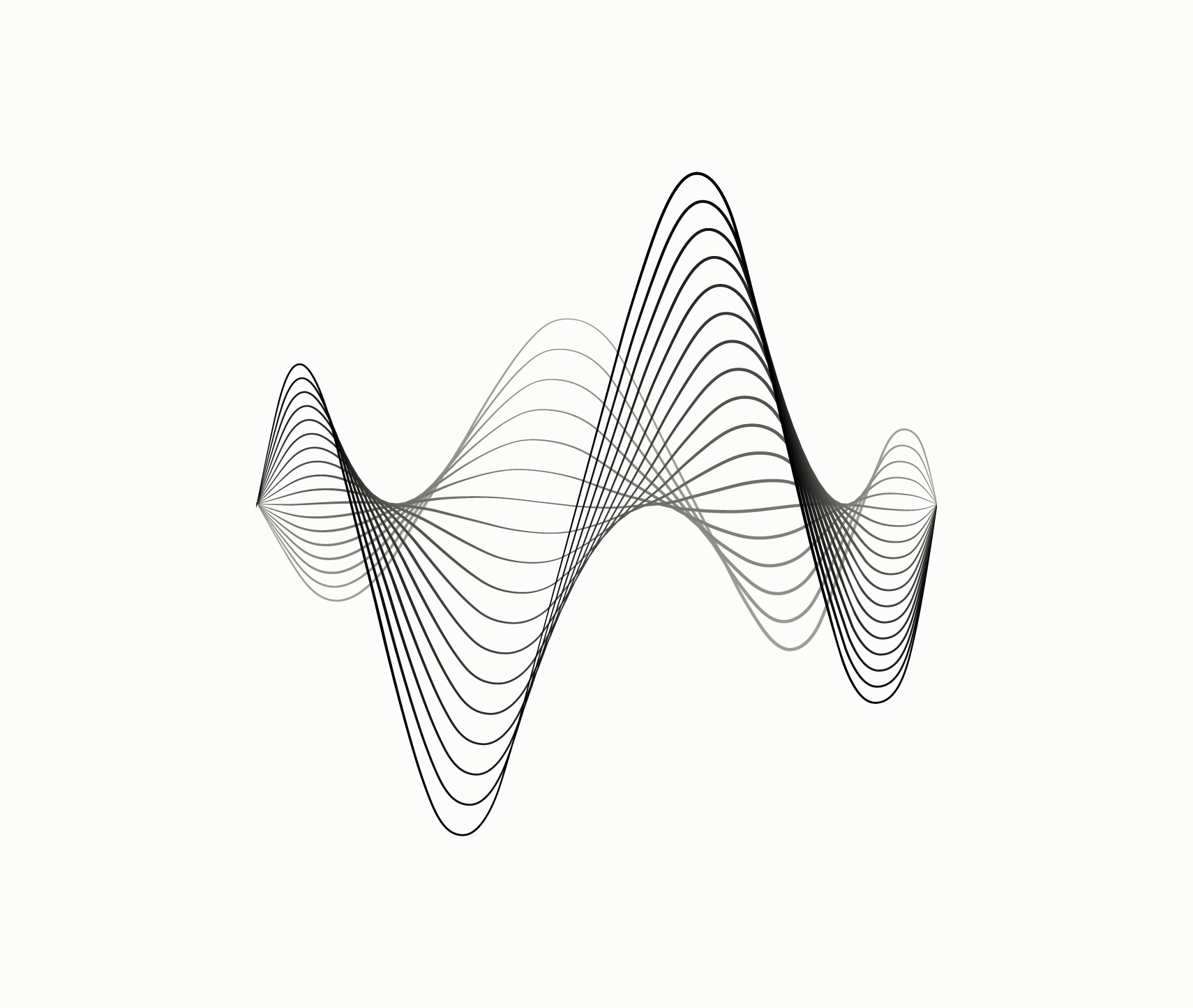ASK & DISCUSS
INDEXEditing sound
3 years, 5 months ago - Vicki Helyar
Hi all. If I make a first edit of my film then send it over to the person doing the sound, they finalise all sound but THEN I want to make cuts or re-edits afterwards, how does that work? Is it just a case of the sound person having to painstakingly rejig everything around re foley and music etc to fit the edit once more? Or would it be advisable to leave that side of things till the very end and just perhaps sort the sound of the main audio (ie characters, it's a very dialogue-heavy film with little score)?
This is the first time we have both made a feature and, having had no training in the subject, we're kind of having to feel our way through these things so any advice or input would be great, thanks. Vicki
Only members can post or respond to topics. LOGIN
Not a member of SP? JOIN or FIND OUT MORE
3 years, 5 months ago - Vasco de Sousa
Okay, so you are asking about working with a separate sound editor.
Well, you have a few questions, and this could be a couple of lectures at film school or a 20 hour Udemy course, because there are so many 'it depends' to it. But, I will go over some of the constants.
First, you want three separate tracks, at least. One is a dialogue track, which will change depending on language (if it is dubbed). Then there is the foley and effect track, which will usually be added on at the end (well, before dubbing into other languages, but after all the edit is done.). And finally you have a music track, which you keep separate in order to make trailers and stuff.
Okay, now whether you edit sound after the shoot is tricky. I like to pick the shots with the best sound, because the emotion is more authentic than ADR. (Post production dialogue is called ADR, I don't know why.). Unless you have an action scene, with no synchronised dialogue, then I will edit it to the image. But other people do it differently.
I hope this helps.
3 years, 5 months ago - Vasco de Sousa
This is also a good resource on the Bafta masterclass.
https://guru.bafta.org/philip-stockton-sound-editing-mini-masterclass
3 years, 5 months ago - Vicki Helyar
Hi Vasca. Thanks for your answer, much appreciated.
I'm up on the basics re the different audio tracks for dialogue, foley, music, effects etc, but it's the passing it back and forth that I'm not sure about it.
For eg, if I've done my edit then pass that edit over to my sound guy to finalise all sound but THEN - after a second look - I decide that the film/scene needs some more cuts/rejigs again, it's what to do to mitigate for that because presumably if I start cutting again after the sound has already been finalised then it's a nightmare for my sound guy to go back and re-edit/move about the foley/effects/music to match my new edit?
Is the way to minimise fuss for the sound person to only have him edit the dialogue and leave foley and music (of which is very little and there's only one or two easy sound effects) till the very very last minute?
Just to explain, I have a deadline of August and so our plan is for me to edit a scene, pass that scene over to him to do the sound, then I continue on editing the next scene. Otherwise if I try and edit the whole film in one go then pass the whole film over to him, he will not have enough time to finish it for the deadline so we've planned on doing it back and forth to utilise time better.
Hope that makes sense. Thanks so much for your help and for the link.
3 years, 5 months ago - Vasco de Sousa
Hi Vicki,
Yes, I would at least try to limit the first rough cut to the dialogue. But, I have also found that some people find it easier to edit to some kind of music, and if you have pre-existing music in mind you might ask for a rough music track so you can judge where the film is going.
I am assuming this is digital and not tape. Non-destructive editing could allow you to make cuts to all the tracks, visual and audio, (which I would have as groups) simultaneously without losing sync. The drawback of doing this is your new cuts might create pops and other distortions at the joints. But, if these new cuts are clearly marked, then it isn't necessarily terrible to fix those. (If it is not non-destructive, if the sounds are finalised to save memory, then it is more difficult.)
I would make sure the sound editor knew the plans of a rough cut and a final sweeten, and you had deadlines for different rough cuts.
I hope that helps.
3 years, 5 months ago - Huw Jones
This is a really good question Vicki. You are right in the idea of leaving it until late in the process. Though obviously not so late in the process that there's no time left! The dream for me would be to receive the locked edit, knowing no changes were going to be made. But that's rare. If I do have to re-edit I will ask the editor for the change list, new Edit Decision List or just a couple of time codes of inserted or deleted patches depending on the complexity of the change.
Then for the actual change. Let's imagine one 5 second clip has been added somewhere and the same removed somewhere else. I do complete audio so I hav a number of tasks (expand these across various people for bigger audio teams) - 1. Change the dialogue. You will send again exactly what you sent to start with, either the complete audio tracks or just the inserted shots. snip snip at that in and out point and either insert the new dialogue or remove the unwanted dialogue. Everything will move up complete as it would with a picture edit. Then smooth out the transition. Easy peasy. For foley I just fill the inserted a gap, or remove the unwanted foley, smooth the edges. Easy peasy.
Music can be more complicated as it is itself any number of tracks. I usually add or remove the gaps as before but then will try and compose in over that, linking the two sides of the gap. Sometimes quite difficult to match the tempo or beat. Difficult but not impossible. Removal can be tricky too as it might completely interrupt the flow and suddenly make no musical sense but it just takes a little time and musical tricky. Not impossible. That, like foley wouldn't require anything from you other than the original location audio and a list of where the edits were made.
Of course, there's layers of complexity to that but ultimately, you could send your audio team either the entire new edit again (short film), or just the new sections. and also send the edit points as time code. (I've not received that before and had to work it out and sync on my own - frustrating but not impossible). Or if it's removal only, they will just need the edit points as time code as there's nothing to send, obviously.
Does that answer your question?
Best,
Huw
3 years, 5 months ago - Vicki Helyar
Thanks so much to both of you for your answers here, that's extremely helpful and much appreciated.
Yes, I feel that that answers my question and I have a clear idea of how to go ahead.
The music in the film is extremely sparse - there will only be 3 short sections it will be included, one of them the end credits - so I think that'll make doing this a lot easier as we can easily leave the music to the very very end.
Thanks so much to you both again and good luck with you current or future projects. Vicki
3 years, 5 months ago - S Marchant
What Huw said , depending on who you're working with for a feature I'd,
1) Picture lock by reel. Faster, easier to log changes.
2) I might get the composer a rough cut just to give them a feel for the project.
3) I might discuss any specific requirements in the sound design in advance to give a heads up on stuff that may need to be recordedd. Or tracked down.
4) Reels can go to colour, dialogue, sound design if separate, composer. Dialogue needs to get done asap and preferably first because that's going to flag potential problems/ adr needs and depending how experienced your editor is, possibly editing tweaks if there's something like an unfixable double sentence (which there really shouldn't be) , and it help out composer and designer if your raw track is rubbish.
5) late changes are going to depend on software available. On the simplest level keep a note. more technically keep track of edls then programs like nuendo can track the changes. It's better all around if this doesn't happen, but.
6) then it all needs mixing - by which time problems flagged in dialogue will have been sorted, colour will be getting there, .
3 years, 5 months ago - Vicki Helyar
Thank you so much for your addition, S Marchant. This has all been so helpful, I've been passing all of these responses onto my sound guy (I'm the editor) and this has given us a clearer picture of what we're doing. Thanks
3 years, 5 months ago - Justin Randell
Transferring an edit to the sound team typically involves creating an AAF/OMF file, which is like an EDL but includes audio files and other metadata. However, the will depend on what software you are both using...
If you are cutting then a list of timecode is fine (as per Huw's reply). If you are adding then you will need to create a new OMF/AAF along with the video file.
Good communication is key :)






